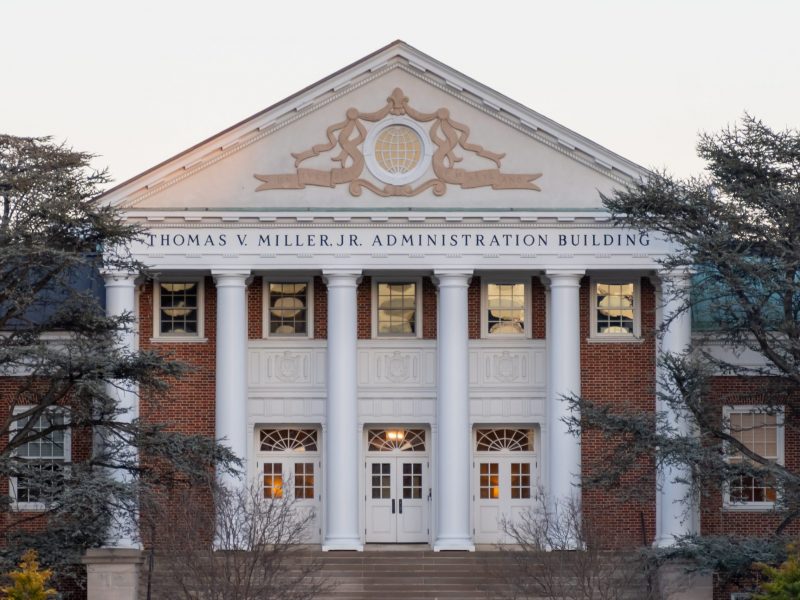University officials said this week that they are so concerned that the university’s massive central computer system could be destroyed in a flood, they plan to spend $2.2 million to divert water away from the equipment.
Officials said the computer system, which controls the entire campus’ internet networks and data storage and is worth about a half-billion dollars, is vulnerable because it is located in a basement at the bottom of a hill where water runs down from North Campus during storms. The nearby chemistry building basement has already experienced significant leaks and floods, and if the same happens where the computers are located, costs could soar to upwards of $25 million to return the machines to service.
Operations and Maintenance Director Jack Baker said officials have identified a solution to divert the water away by installing an additional pipe that would form a “Y” pattern, pushing water toward the Paint Branch Stream in two different directions. That plan would cost more than $2 million, and officials have not yet selected a contractor to perform the installation.
During the past four years, the university has already had some close calls when water actually did get into the building, but was stopped before it hit any of the computers, Baker said.
“We dodged bullets a couple of times,” he said. “It’s not something the university wants to deal with.”
The flooding problems arise during storms when water rushes downhill from North Campus toward Regents Drive, overwhelming the existing pipe system designed to handle far smaller amounts of water.
Officials are also concerned the backup could flood the basement of the new chemical engineering building and destroy millions of dollars worth of equipment and research, he said. For now, officials use sandbags to prevent flooding, but they want a more permanent solution, Baker said.
The 48-inch concrete pipe that handles the storm drainage is so overloaded that it causes manhole covers to pop off the roads during storms, Baker said.
And the problem’s gotten worse during the past four years, Baker said, especially with the construction of two buildings that eliminated green space that would have absorbed the rain water, leaving only huge slabs of concrete for the water to run over.
To accommodate all the water, officials planned to install a bigger pipe, but because of several other lines, including electrical and sanitary pipes that also run along Stadium Drive, there wasn’t enough room, he said.
While official construction plans have not been set, officials are planning to add a portion of the pipe from the existing pipe on Stadium Drive that will run between A.V. Williams and the wind tunnel, “giving water another path to drain into,” Baker said.
The project will be the first one of its kind since the system was installed 30 to 40 years ago, Baker said, and officials hope to start construction next year.
Contact reporter Kaitlyn Seith at seithdbk@gmail.com.


